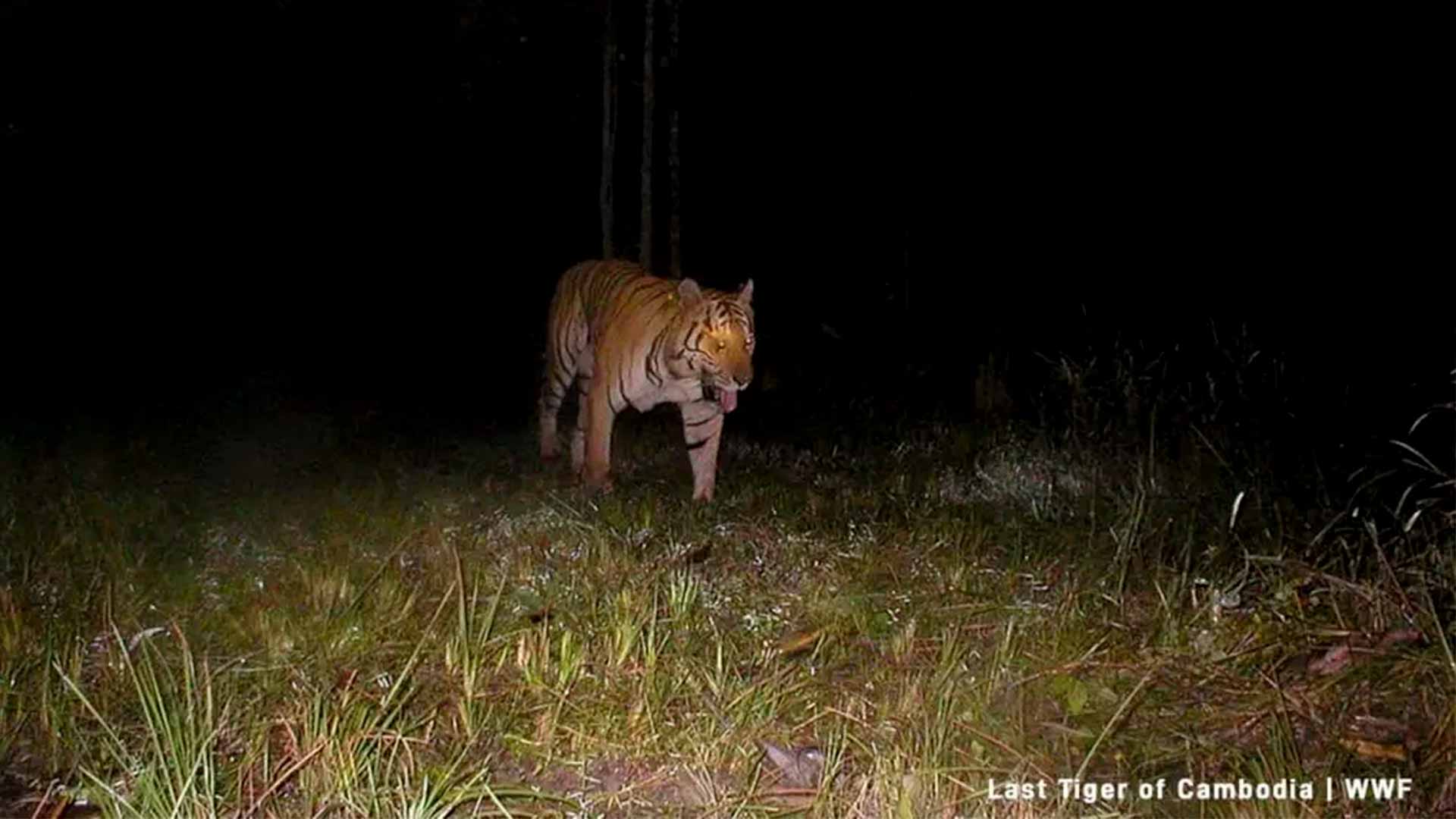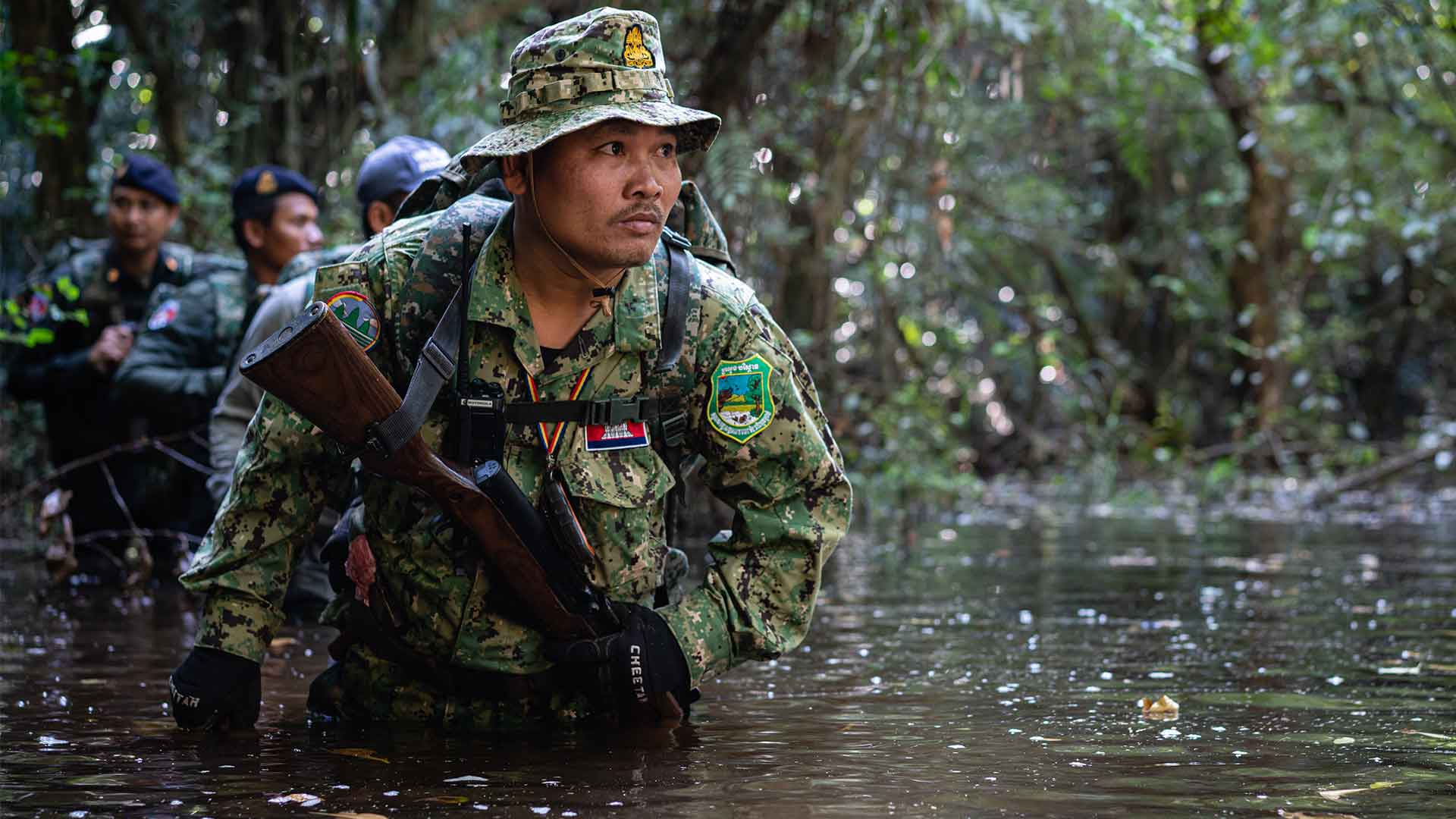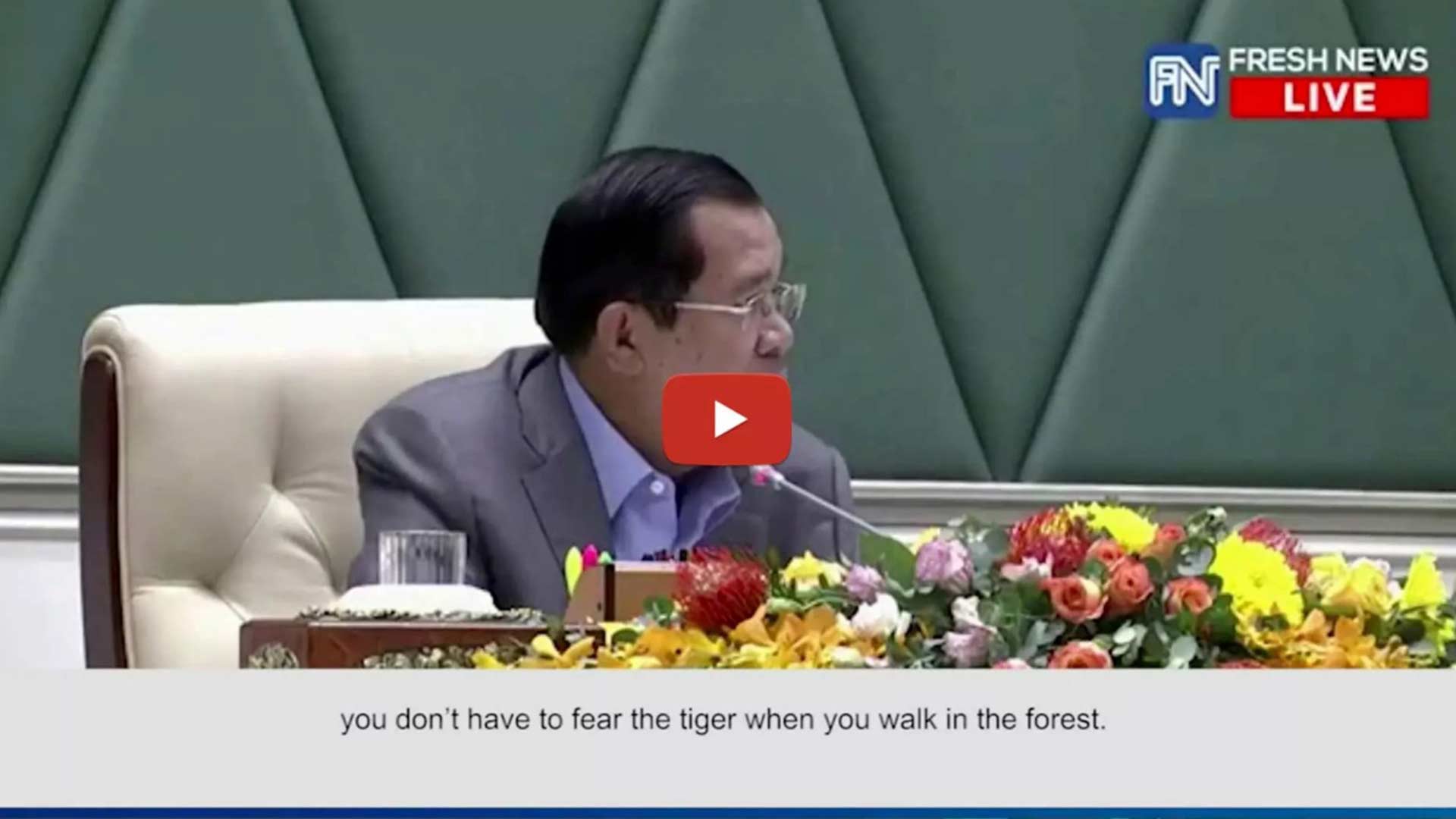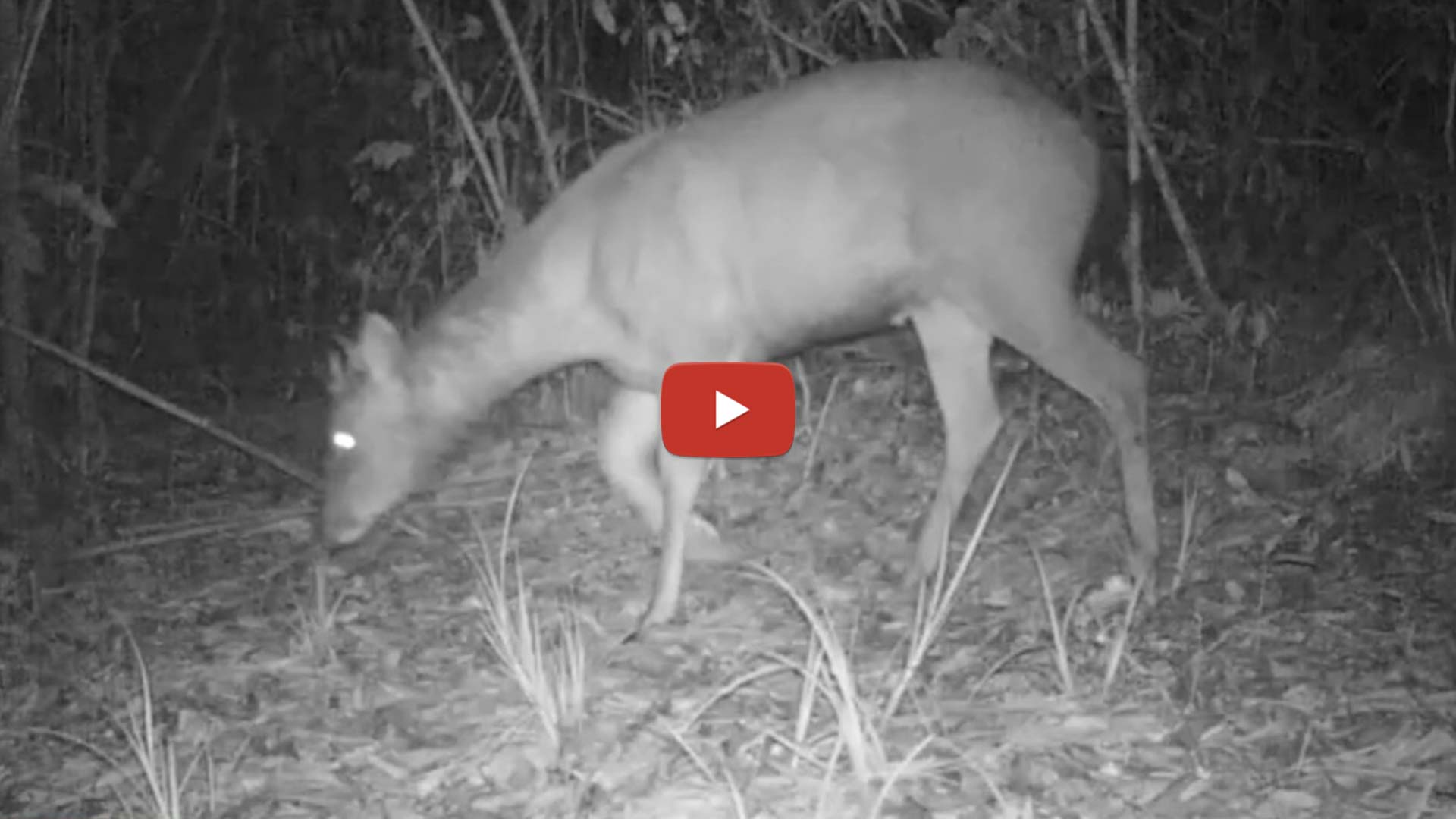TIGER REINTRODUCTION
Tigers were last seen in Cambodia over a decade ago. The last two records of tiger are from Srepok Wildlife Sanctuary in northeastern Mondulkiri province in November 2007 and in the Cardamom Rainforest Landscape in December 2007.

TIGER REINTRODUCTION
Tigers were last seen in Cambodia over a decade ago. The last two records of tiger are from Srepok Wildlife Sanctuary in northeastern Mondulkiri province in November 2007 and in the Cardamom Rainforest Landscape in December 2007.

CAMBODIA TIGER ACTION PLAN
The Cambodia Tiger Action Plan (CTAP) 2011-2022 was approved by the Royal Government of Cambodia in March 2016. The CTAP is a species management plan which reflects Cambodia’s commitment to the TX2 global goal to double tigers by the year 2022.
CAMBODIA TIGER ACTION PLAN
The Cambodia Tiger Action Plan (CTAP) 2011-2022 was approved by the Royal Government of Cambodia in March 2016. The CTAP is a species management plan which reflects Cambodia’s commitment to the TX2 global goal to double tigers by the year 2022.
WHERE WILL TIGERS BE REINTRODUCED?
Southeast Asia is at the epicenter of the global extinction crisis. But Cambodia’s Cardamom Rainforest landscape benefits from legal protection and effective law enforcement by joint MoE and Wildlife Alliance park ranger patrols.
Together, we address threats through hands-on protection of some 1.2 million hectares of dense rainforest in the Cardamoms.

WHERE WILL TIGERS BE REINTRODUCED?
Southeast Asia is at the epicenter of the global extinction crisis. But Cambodia’s Cardamom Rainforest landscape benefits from legal protection and effective law enforcement by joint MoE and Wildlife Alliance park ranger patrols.
Together, we address threats through hands-on protection of some 1.2 million hectares of dense rainforest in the Cardamoms.


IMPLEMENTING TIGER REINTRODUCTION
Tigers need a large, continuous range with abundant prey and protection from hunting. The network of protected areas in the Cardamom Rainforest Landscape offer a vast expanse of forest cover, grasslands, and wetlands that are ideal for tiger reintroduction. These protected areas include the Southern Cardamom National Park, Tatai Wildlife Sanctuary and Phnom Samkos Wildlife Sanctuary.

IMPLEMENTING TIGER REINTRODUCTION
Tigers need a large, continuous range with abundant prey and protection from hunting. The network of protected areas in the Cardamom Rainforest Landscape offer a vast expanse of forest cover, grasslands, and wetlands that are ideal for tiger reintroduction. These protected areas include the Southern Cardamom National Park, Tatai Wildlife Sanctuary and Phnom Samkos Wildlife Sanctuary.
CEO Dr. Suwanna Gauntlett at the Second National Forum on Protection and Conservation of Natural Resources, in August 2017. There, Dr Gauntlett requested the Cambodian Prime Minister Hun Sen’s endorsement of tiger reintroduction in the Cardamom Rainforest Landscape, which was granted.

CEO Dr. Suwanna Gauntlett at the Second National Forum on Protection and Conservation of Natural Resources, in August 2017. There, Dr Gauntlett requested the Cambodian Prime Minister Hun Sen’s endorsement of tiger reintroduction in the Cardamom Rainforest Landscape, which was granted.

TIGER PREY GALLERY
Tiger prey within the Cardamom Rainforest Landscape includes sambar deer, wild pig, red muntjac, and pig-tailed macaque. Their numbers are increasing across the landscape and the combined density of these species in the core zone of the Southern Cardamom National Park is estimated at approximately 7 individuals per km² .
TIGER PREY GALLERY
Tiger prey within the Cardamom Rainforest Landscape includes sambar deer, wild pig, red muntjac, and pig-tailed macaque. Their numbers are increasing across the landscape and the combined density of these species in the core zone of the Southern Cardamom National Park is estimated at approximately 7 individuals per km² .



